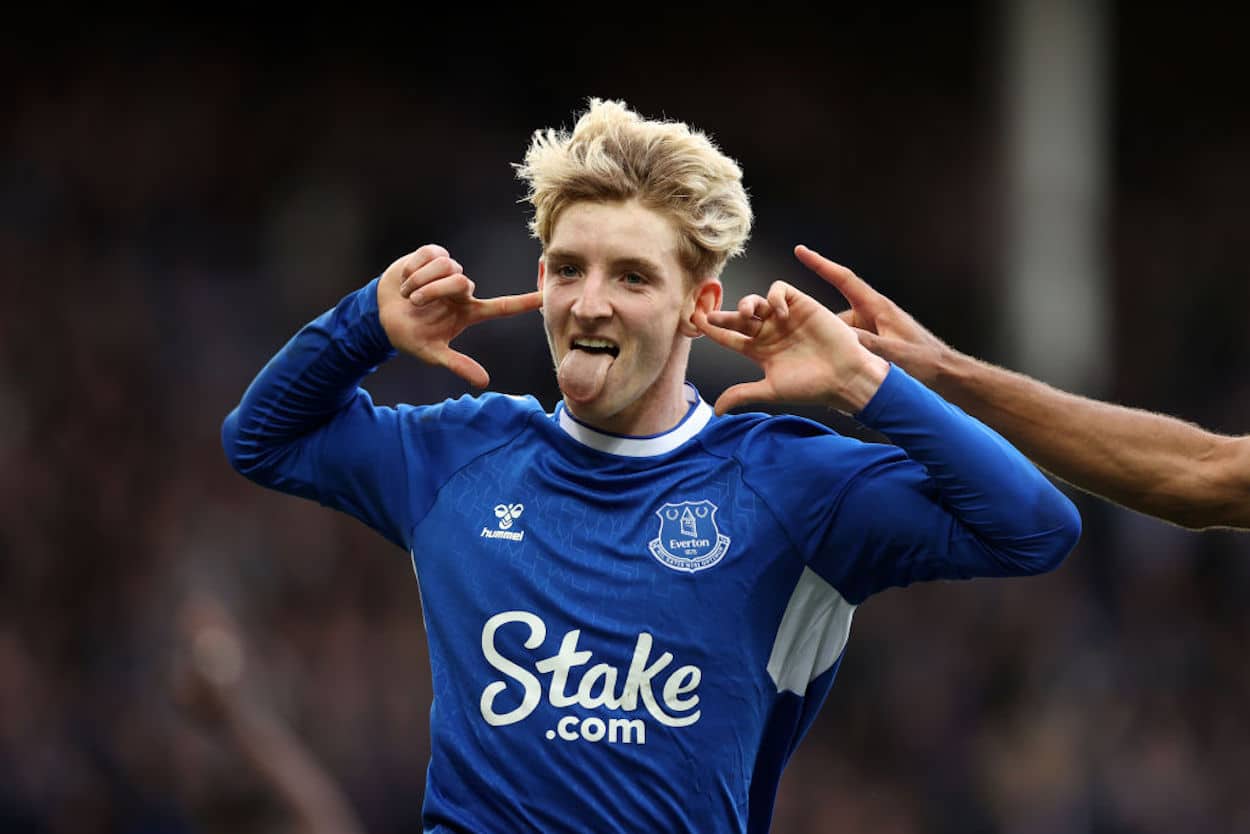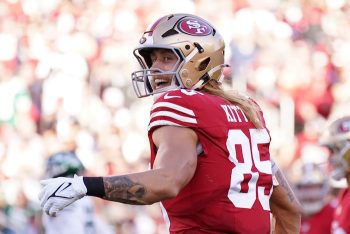Soccer
Everton’s Unusual Nickname and Badge Tell a Story in Local History

What’s in a name? For a sports team, a whole lot. Things are even more important for a soccer club, given that those organizations are more of a community pillar and source of identity than most North American franchises. Take Everton, for example.
While most Americans are familiar with Liverpool — thanks, Beatles! — Everton represent a specific borough of the city. Consequently, their unusual nickname and club badge are tied into that local history. So, if you’ve ever wondered why they’re called the Toffees and have what looks like a fairy-tale tower on their crest, don’t worry. We’ve got you covered.
Why are Everton called the Toffees?
When you think of a team name, there’s usually some form of intimidation involved. When it comes to Everton, though, things are a bit sweeter. The club is known as the Toffees, which calls to mind a trip to a candy story rather than a struggle for sporting supremacy.
And while naming a club, even informally, after a sweet treat may seem a bit silly, it all comes back to local history. As laid out in an NBC Sports post, Everton has quite the history when it comes to candy.
Not only is there a confection that’s literally called the Everton mint, but there was apparently a toffee shop named Mother Noblett’s located in the neighborhood. It was located near the Everton lock-up — we’ll get to that shortly — making it part of the local culture, and the candies were tossed into the crowd ahead of matches, which furthered the connection.
Another theory, however, ties the nickname to the Ye Anicente Toffee House, which was near the Queen’s Head Hotel. That’s where early St. Domingo’s FC — Everton’s original name — meetings were held, providing a historical connection between the club and toffee.
No matter the actual specifics of the story — these sorts of memories seem to evolve over time, ala a fish tale — the link is clear. Everton was a district where toffee could be found, so it made sense to associate the confection with the local football club.
What is the tower on Everton’s badge?
RELATED: Why Is a Soccer Rivalry Match Called a Derby?
Now that we’ve dealt with the nickname, let’s move on to the next identifying mark: Everton’s badge. What’s going on with the tower, which looks like somewhere you’d find Rapunzel, at the center of the crest? Again, it comes back to local history.
That tower is a real-life building known as the Everton lock-up. It’s something of a holding cell; if someone was drunk or otherwise disorderly and the local jail was closed, they’d be kept there until the following morning.
So how did it end up on the club badge? According to an archived version of Everton’s club website, secretary Theo Kelly wanted to design a club tie after the 1937-38 campaign. Everyone agreed that it should be blue, but no one was quite sure how it should be decorated. The task of creating a logo fell to Kelly.
“I was puzzling over it for four months,” he said. “Then I thought of a reproduction of the ‘Beacon’ which stands in the heart of Everton.”
He placed that iconic tower in the middle of the badge and added two laurel wreaths, suggesting victory. The club motto, “Nil Satis, Nisi Optimum” (“Nothing but the best is good enough”), sat below at the bottom of the design. There have been some tweaks over the years, but, on the whole, things haven’t changed.
In soccer, it’s cliche to say that teams are more than a club. When you see how history is interwoven into such fundamental parts of Everton’s identity, though, it’s easy to understand that some things are cliche for a reason.
Have thoughts on this topic? Keep the conversation rolling in our comments section below.











